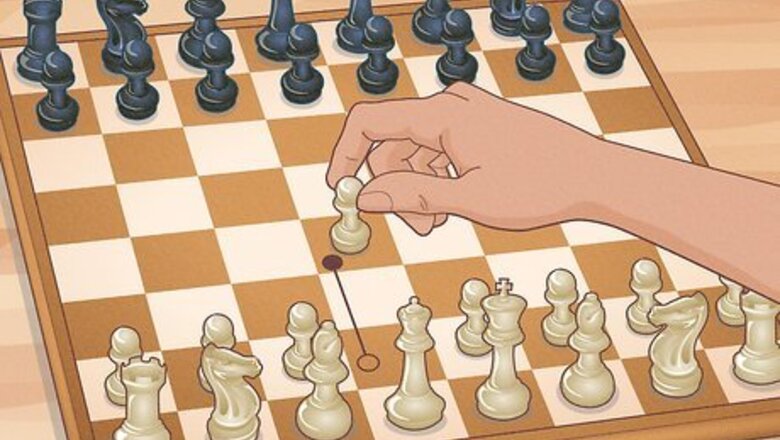
views
Queen’s Gambit Moves
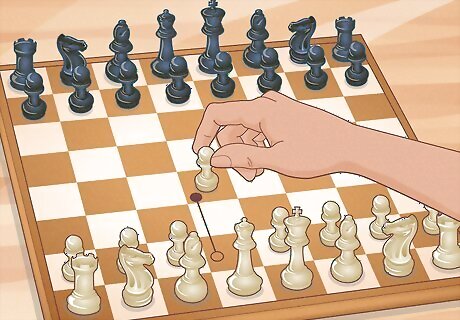
White moves their queen’s pawn 2 spaces forward. White will always be the one who initiates the Queen’s Gambit because they always go first in a game. To open in chess with the Queen’s Gambit, white starts by taking the pawn in front of their queen on d2 and moves it to d4 to control the central squares of the board.
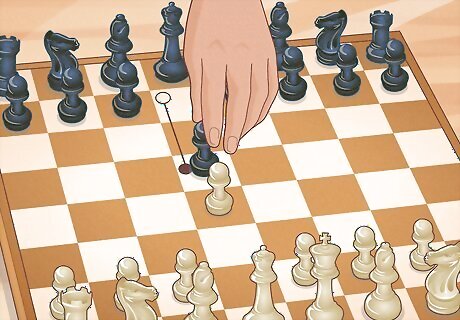
Black responds by advancing their queen’s pawn forward by 2 spaces. In the mainline Queen’s Gambit theory, black will try to stop white’s pawn from advancing further up the middle, so they’ll push their queen’s pawn from d7 to d5 in the middle of the board. The Queen’s Gambit only occurs if black moves their queen’s pawn. If black moves another piece, then they are trying a different opening strategy instead.
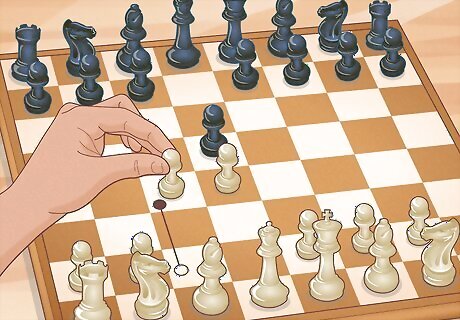
White moves the pawn in front of the queenside bishop 2 spaces. When white moves their pawn to c4, it puts black’s pawn under attack. From this board position, black can either capture the pawn on c4, which is known as “accepting” the Queen’s Gambit, or they can leave the pawn and move a different piece, which means they “decline” the gambit. If black isn’t an experienced player, they may not realize that you’re setting up the Queen’s Gambit as a strategy, but most players with knowledge of the game will know what you’re doing. This opening is called the Queen’s Gambit because you’re potentially sacrificing a pawn to get a better position on the board. However, this is not a true gambit because you can easily capture enemy pieces to get back to an even playing field. If you’re using chess notation, the full Queen’s Gambit line reads:1. d4 d52. c4
Why is the Queen’s Gambit an effective opening?
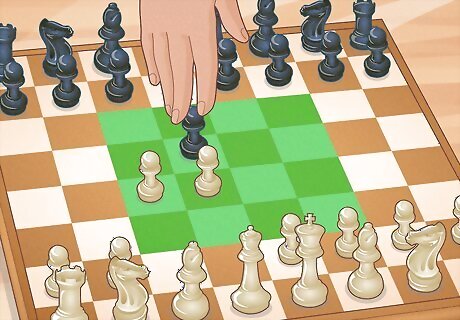
The Queen’s Gambit puts pressure on black to gain control of the board. The center of the board is where the most action happens, and the Queen’s Gambit lets white control the position early on. Whether black accepts or declines the opening, they’re usually put on the defensive and have to react to your moves instead of developing their own strategies. On the other hand, using the Queen’s Gambit gives white fewer chances of attacking against the black king right away and white has to spend extra time capturing a pawn to level the playing field. Black may also set up an easy counter-attack on d4.
Responses to Queen’s Gambit as Black
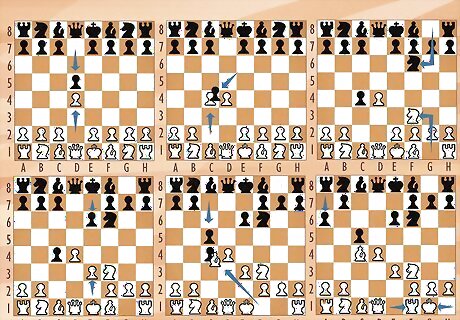
Queen’s Gambit Accepted If black captures the white pawn on c4 and accepts the gambit, they can try to regain control of the center by moving their nights and other pawns. Black can put pressure on a white bishop and put them in a cramped board space. Following the mainline theory for Queen’s Gambit accepted, the moves would be: 1. d4 d52. c4 e63. Nc3 Nf64. e3 e65. Bxc4 c56. 0-0 a6 Alternatively, if white plays a pawn to b4, black can move their pawns to a6 and b5 on their turns to create a strong defensive pawn wall that’s hard for white to push through. Playing the Queen’s Gambit Accepted line does give white the advantage of castling and protecting their king.
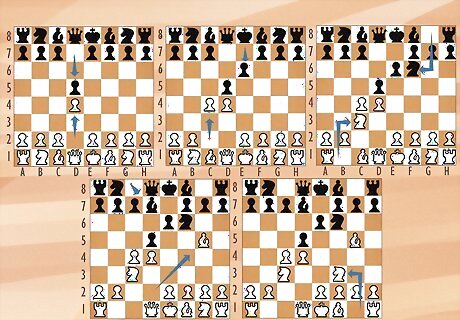
Queen’s Gambit Declined If black wants to assert more control over the board and free up their pieces, then declining the gambit is a better option. While black doesn’t capture the pawn on c4 right away, they’re able to build a more solid defense and put pressure on white’s other pieces. Following the mainline moves, the chess notation would be: 1. d4 d52. c4 e63. Nc3 Nf64. Bg5 Be75. Nf3 0-0 If white captures the black pawn on d5 before moving their bishop, then black may capture with the pawn on e6 to even out the playing field.
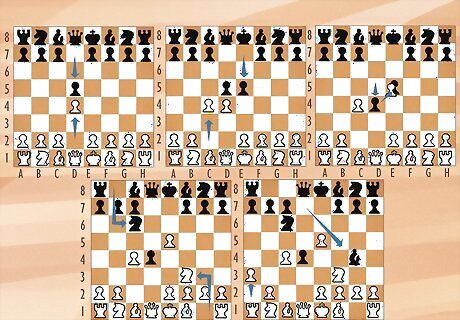
Albin Countergambit For a more aggressive play, black may sacrifice one of their other pawns to free up their 2 bishops. It also pushes their black pawn further ahead to restrict white from moving their queenside knight to the center. The mainline moves for the Albin Countergambit are: 1. d4 d52. c4 e53. dxc5 d44. Nf3 Nc65. a3 Bg4 If white moves a pawn to e3 instead of their knight, move the black bishop to b4 to put the king in check and set up the Lasker Trap. White will have to defend their king while you capture pieces and promote your pawn.
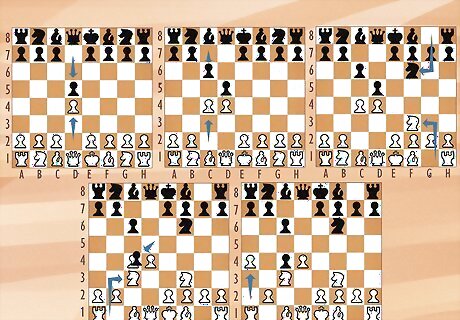
Slav Defense The Slav Defense is a form of Queen’s Gambit Declined that helps you free your bishop from the back row while setting up a defensive pawn structure. With the Slav Defense, black doesn’t trap a bishop behind their own pieces so they can use it to control the center of the board. The mainline for the Slav defense is: 1. d4 d52. c4 c63. Nf3 Nf64. Nc3 dxc45. a4













Comments
0 comment